

My poor, poor parents. When they visited us in May, we spent a couple of hours looking for Ancient Lambousa during a weekend in Kyrenia. I was desperate to visit the place where the legendary Lambousa Treasure had been discovered, but we just couldn’t find it.
Ever since, it’s bugged me that I couldn’t find Lambousa. It’s prominently marked on one of my tourist maps and it’s one of the ten ancient city kingdoms of Cyprus, so I couldn’t believe that we absolutely couldn’t find it! It’s located just outside of Kyrenia and is part of the Lapithos area. It dates back to between 3000 – 1000 BC and used to be a powerful city of 10,000 inhabitants in Roman times. Lambousa means ‘shining’ because the city shone with wealth.
In May we drove up and down the Kyrenia-Morphou road, turning off along tiny tracks, trying to reach the area where it was marked on the map. The closest we got was to an army base. I could see over the fence that there were ruins in there and a restaurant owner told me that the main ruins were on the opposite side of the base. But we just couldn’t find a way to get to them.
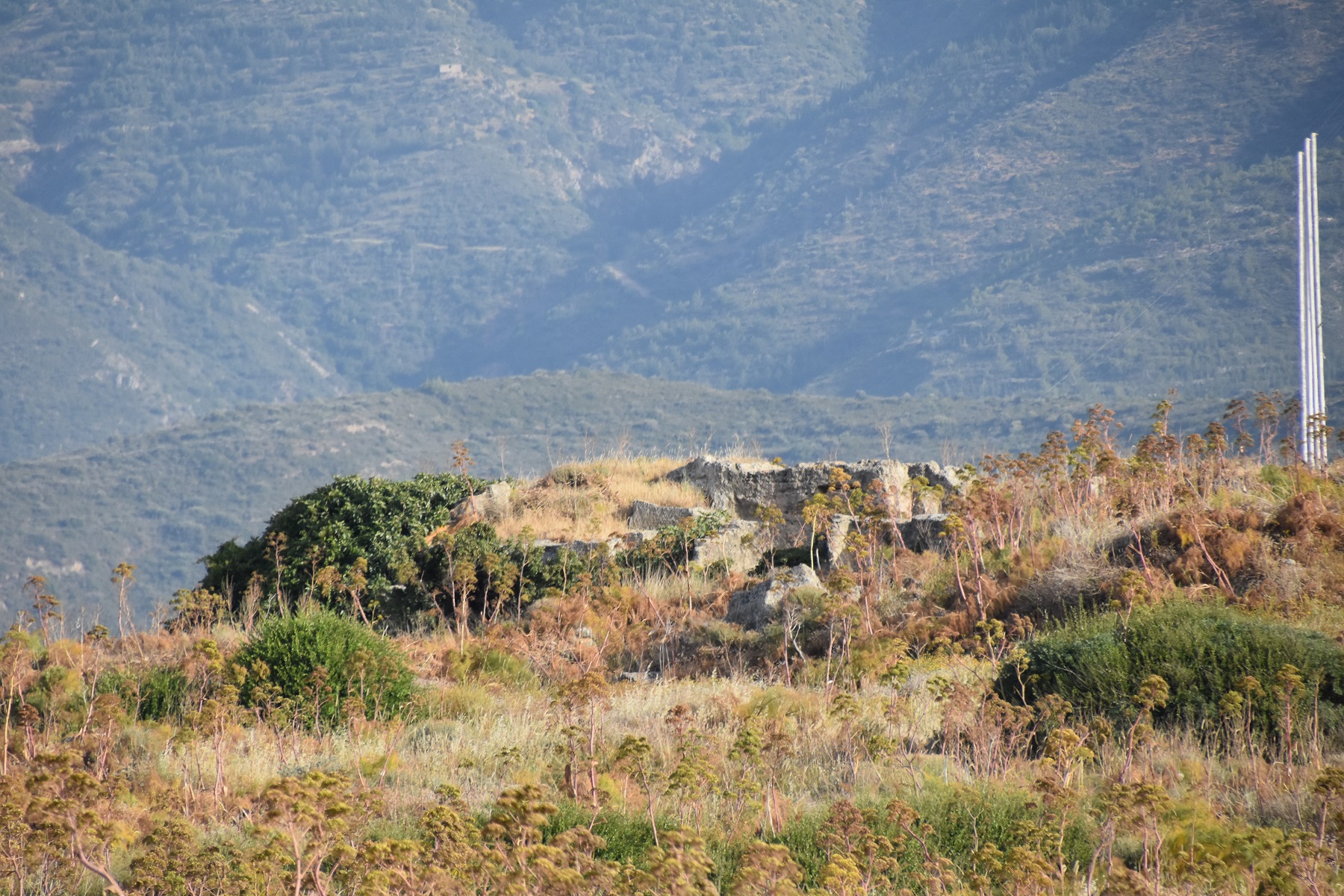
The Cyprus Walkdown showed me just how fabulous Google Earth is for finding things. I’d never really used it before then. So during the drive up to Kyrenia on Monday, I tried to find Lambousa on Google Earth – and there it was! It was just a question of finding the key landmarks that would lead us there. According to Google Earth we had to turn right off the Kyrenia-Morphou road in Alsancak, just by Belle Vue Car Rentals. The road would then take you towards the Mare Monte Hotel where it would join up with tracks that curve left along the coastline to the Lambousa site.
We realised quite quickly that Belle Vue Car Rentals no longer exists, but we eventually found the right turn-off towards the Mare Monte hotel using other landmarks on Google Earth. In case anyone wants to visit Lambousa, I’m going to save you a hell of a lot of time by posting this photo of the correct junction:

We followed the road down to the sea and, finally, came across the first sign we’d ever seen to Lambousa! It explained why this place was impossible to find.

We off-roaded in our Toyota (the Land Rover is sick) and came across another sign. Exciting! But why hadn’t there been one at the crucial junction??
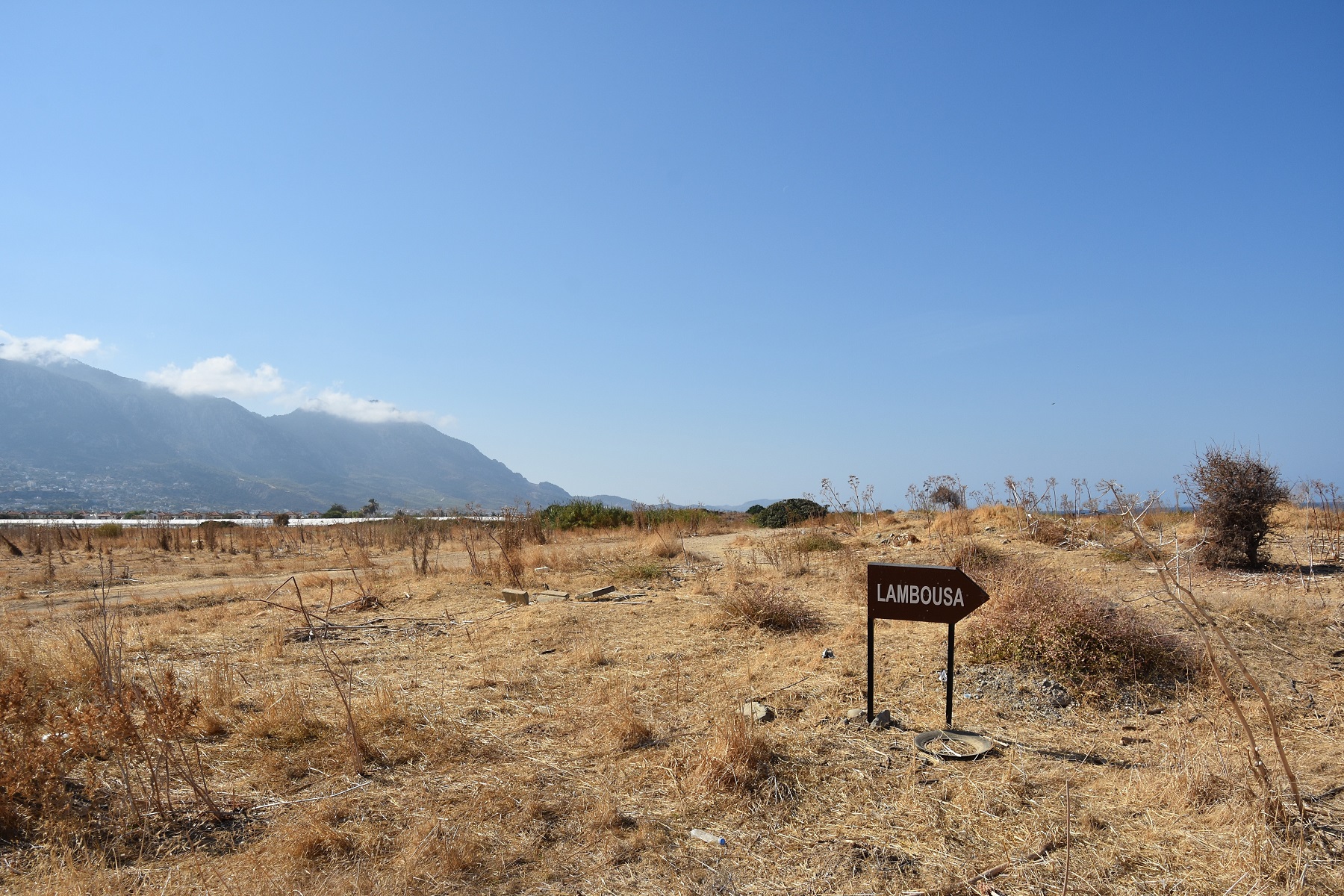
The road was bumpy, we took a wrong turn and scraped up the underside of the Toyota. But we were nearly there!
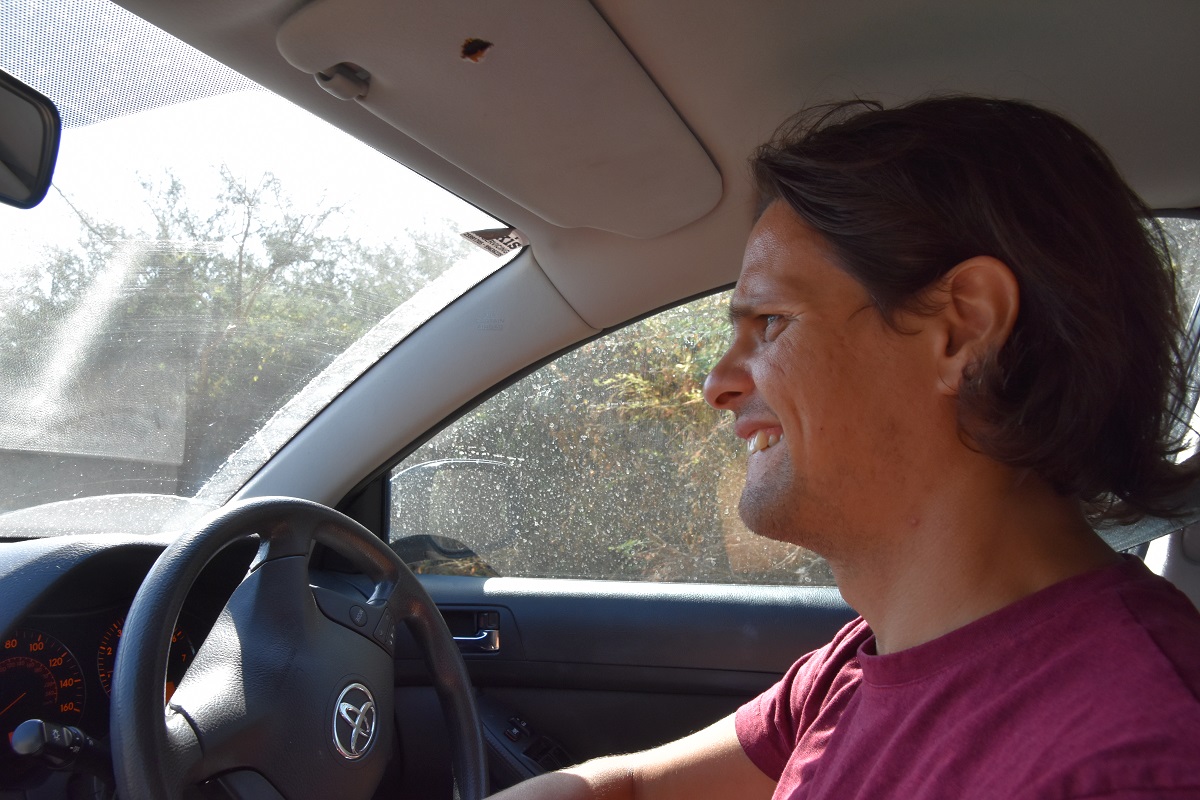
The track curved around the coastline and there in front of us was a bank of rock-cut tombs. Hooray!! We’d finally found Lambousa.
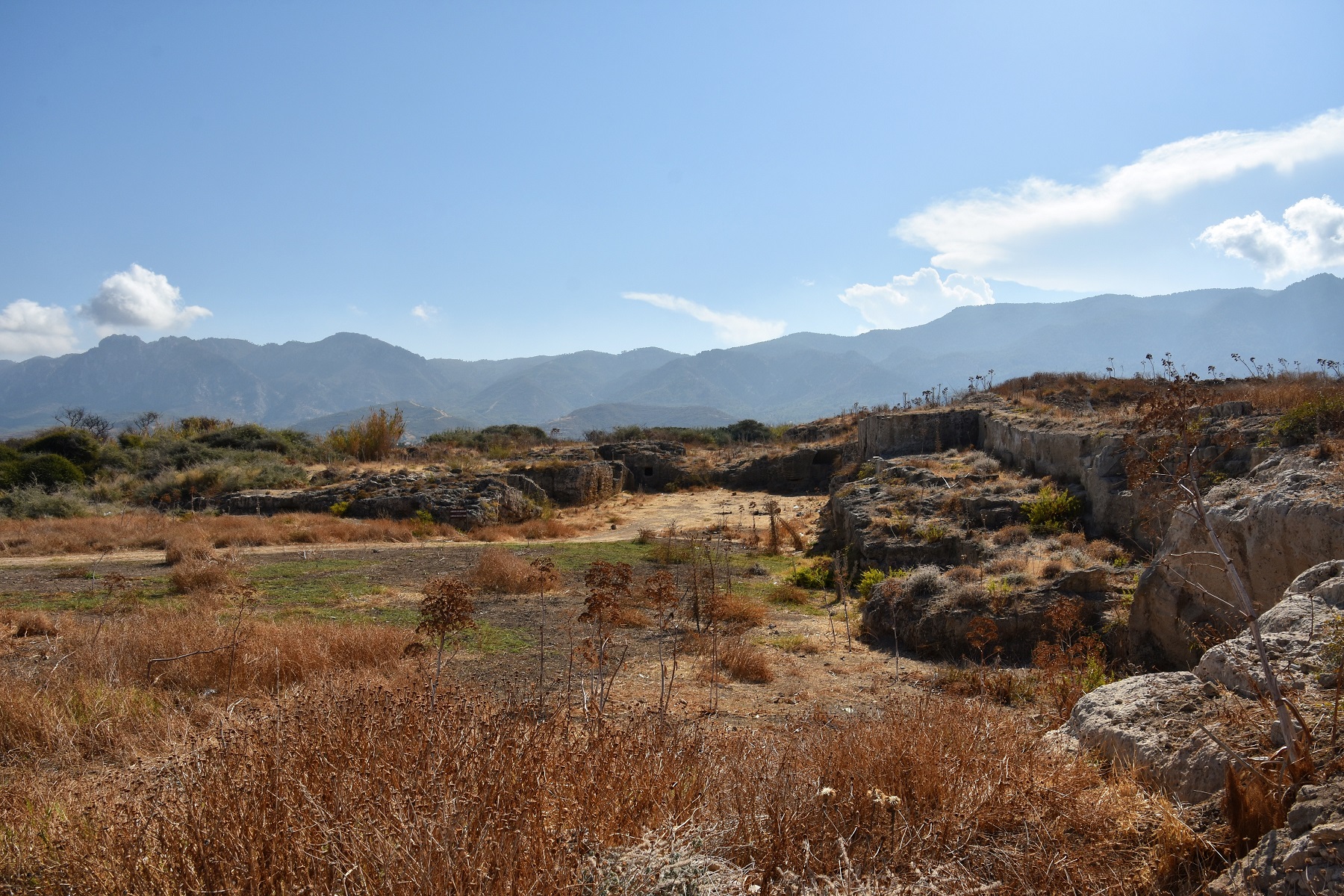
Part of what remains of the ancient city kingdom of Lambousa (or Lapethos as it was also called) are loads of tombs. Many you could walk in, others were a tighter squeeze. In some it was still clear where the sarcophagi would have been placed. Lizards of various shapes and sizes scurried everywhere.
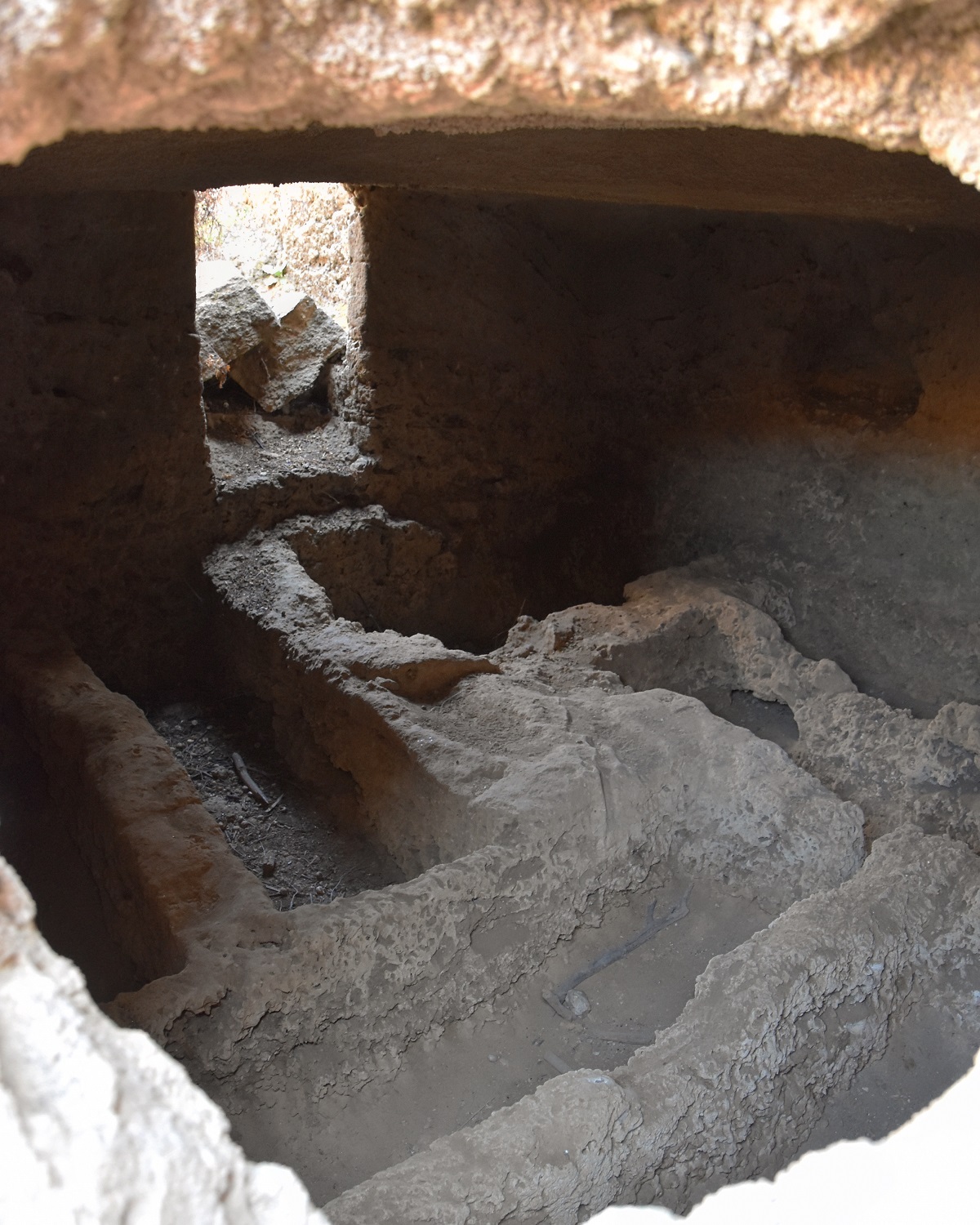
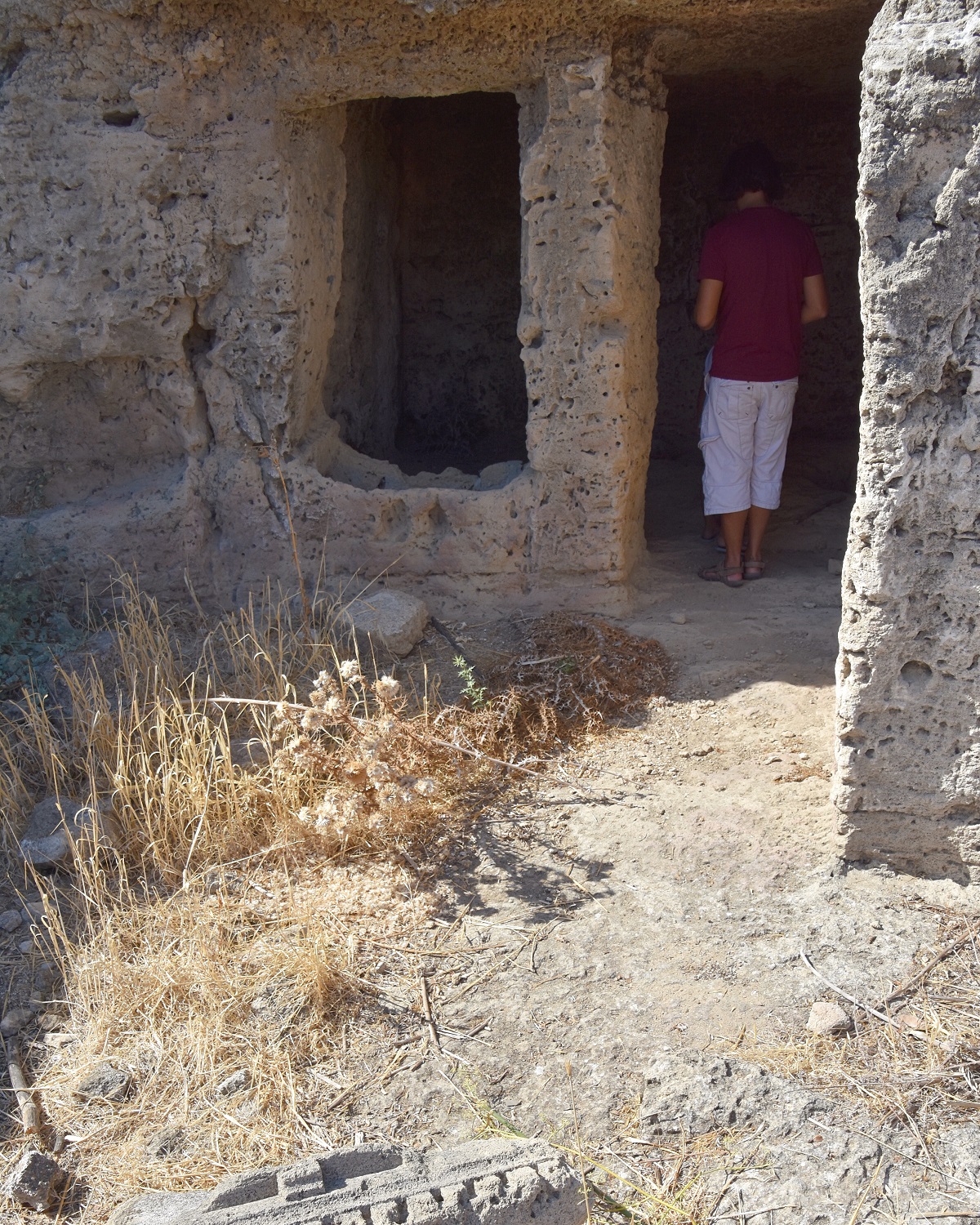
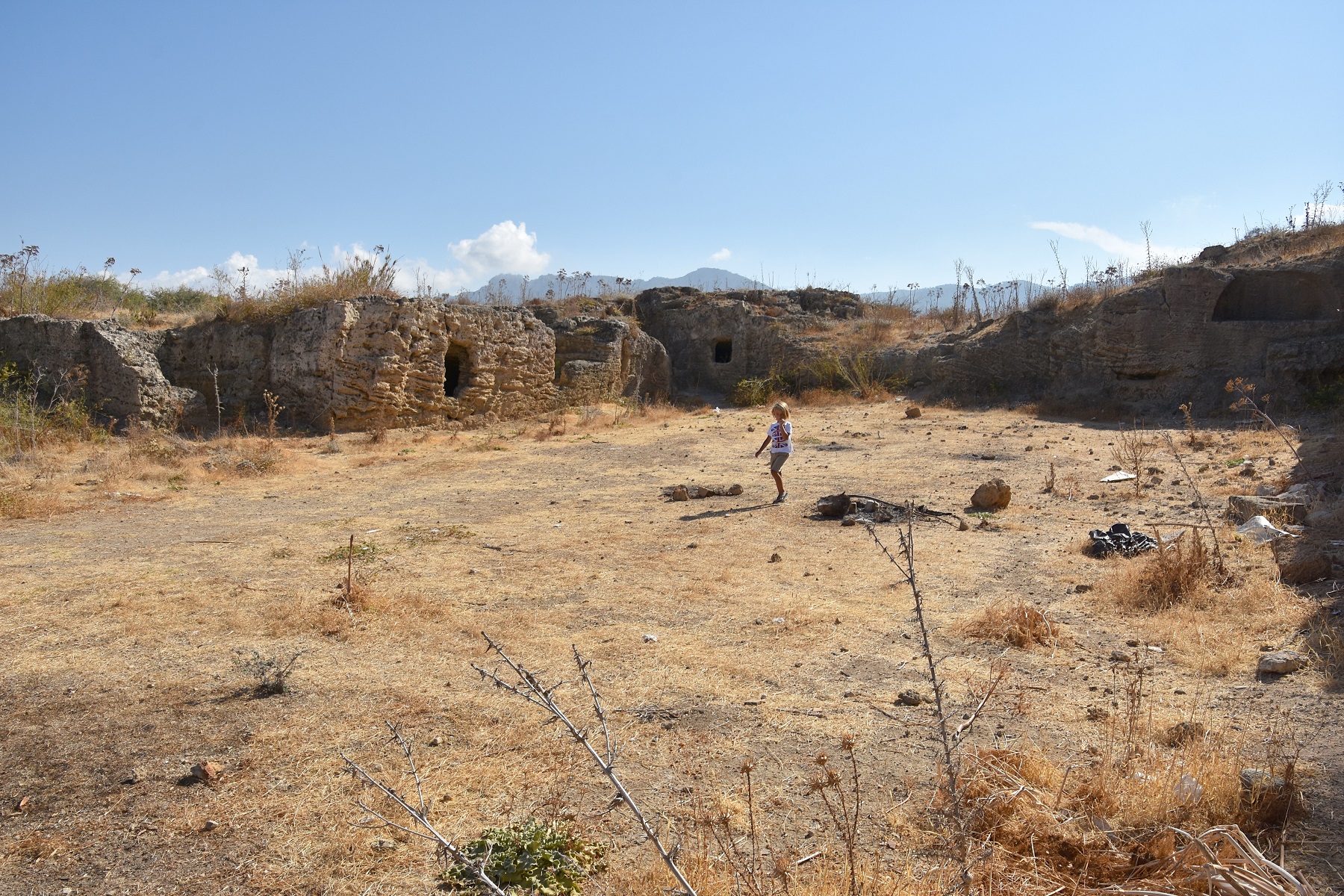



Aside from the fact that Lambousa was one of Cyprus’s prominent city kingdoms, what had really drawn me to the place was the stories of the Lambousa Treasure. During the Arab raids in the 7th century, many fleeing inhabitants of Lambousa buried their valuables in order to return for them later. For years, people thought the Lambousa Treasure was a legend, but in the late 19th century some priceless treasure was found, including silver spoons and vases (now in the British Museum). In the early 20th century, more treasure was unearthed in a house at Lambousa. Under the floor of the house was found an urn filled with gold jewellery, and in a secret compartment in one of the walls was discovered the David Plates. In 627 AD the Byzantine emperor Heraclius beheaded a Persian general in single combat and the fight was compared to that of David and Goliath. The David Plates commemorate this victory.
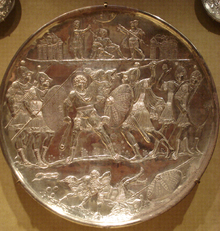
On the shoreline opposite the tombs are the Lambousa fish pools and harbour walls. These date back to Roman times and were used to keep live fish that had been caught. You can clearly see inlet and outlet channels through which fresh, oxygenated water flowed to keep the fish healthy. The pools were in a surprisingly good condition given their age. I could see fish and crabs in them. If Goobie hadn’t been having a rest in the car, I know he would have enjoyed spotting the sea life in these pools.

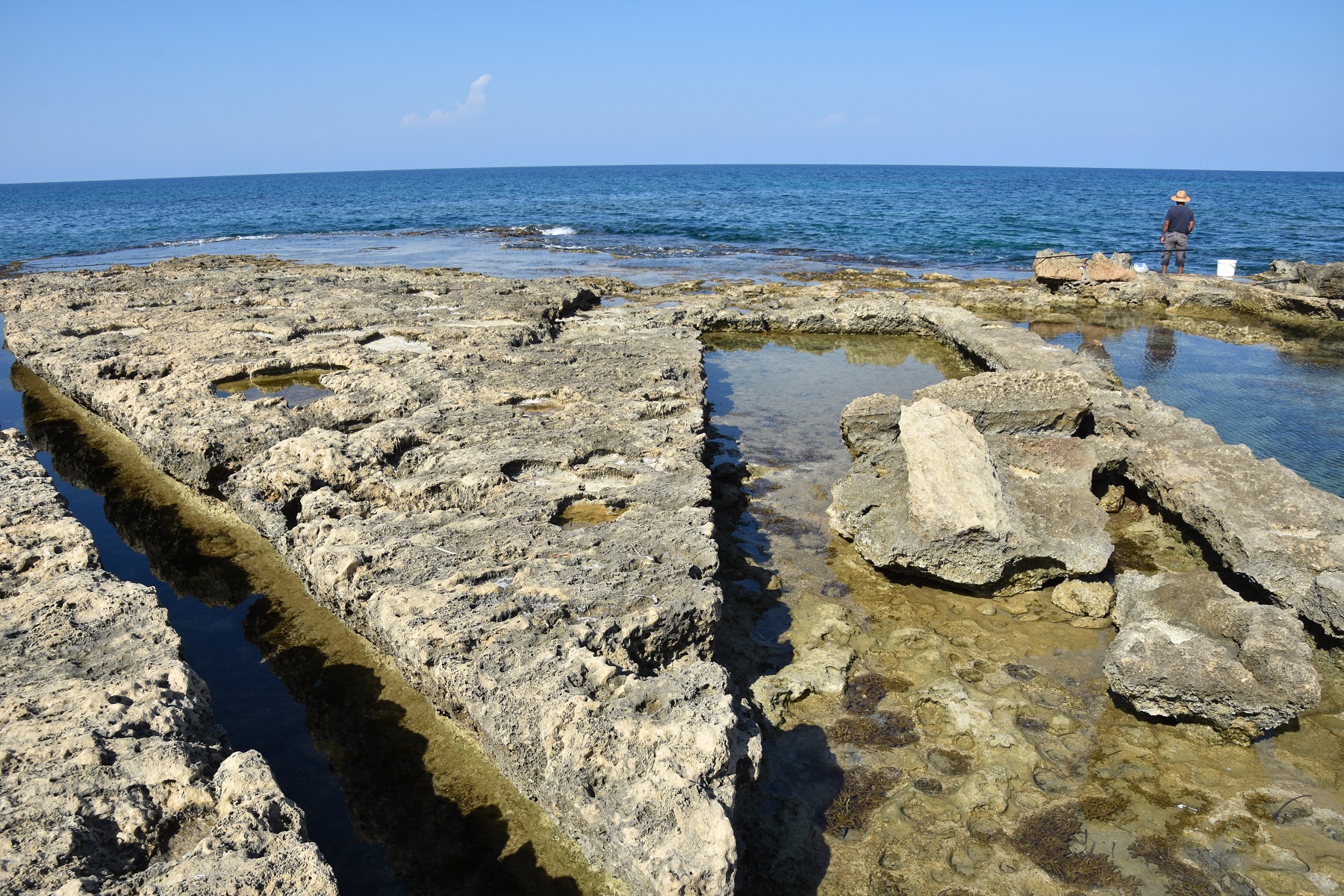
While obviously the ruins aren’t as impressive as many in Cyprus, I enjoyed visiting them for the single reason that I really had to hunt for them! One of the things I love about Cyprus is how you can come across tombs in the middle of nowhere and bits of ancient terracotta and Roman glass lying around on the floor. There’s a sense that Cyprus’s history is so rich that artefacts from the past are literally seeping out of the land. There are so many ancient sites to explore and – even more exciting – I suspect still so much out there waiting to be excavated.

Leave a Reply